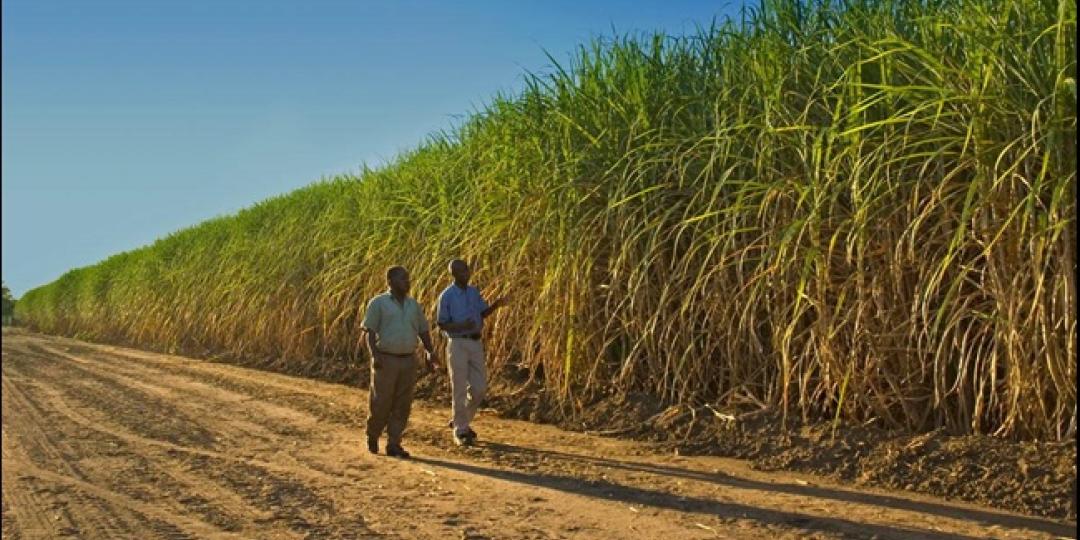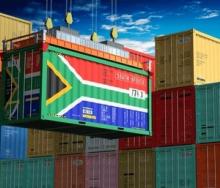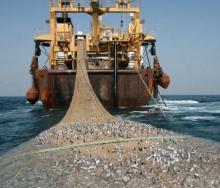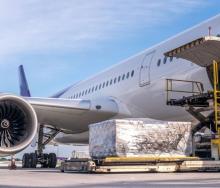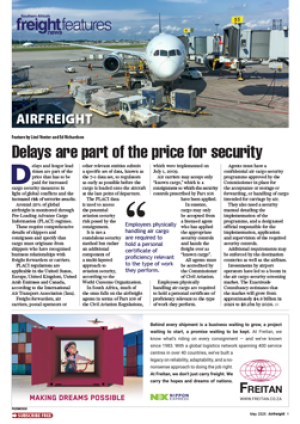Data compiled by SA Canegrowers shows that the South African sugar industry is set to lose R723 million in 2023 due to load-shedding.
With milling giant Tongaat Hulett in business rescue, and the destructive Health Promotion Levy already hampering the industry, these losses are potentially catastrophic for growers and the industry’s workers, says the organisation, which is appealing to government to put short-term measures in place to mitigate the impact of load-shedding on growers while long-term solutions are considered.
The power crisis affects 1 135 irrigated growers who employ more than 10 000 workers. An estimated 34% of South Africa’s sugarcane is produced in irrigated areas including Komatipoort and Malelane in Mpumalanga, and Pongola in KwaZulu-Natal.
Growers are expected to incur more than R189m in additional energy costs in 2023 on account of the disruption to irrigation schedules. Most irrigated growers in KwaZulu-Natal and Mpumalanga operate on a Ruraflex system which allows them to pay a lower tariff for operating during low demand times. But the converse also applies – growers pay a significantly higher rate for pumping during peak demand times. As a result of load-shedding, growers have been forced to irrigate whenever electricity is available, regardless of demand.
In addition to the increased cost of energy, growers also face yield losses as they have fewer hours of continuous energy supply. Growers need a minimum of six hours of continuous energy for proper irrigation. As a result of the intermittent power supply disrupting irrigation, irrigated growers will lose up to 40% of water capacity. The resulting loss of yield could amount to more than R723m.
An escalation to stages 6-8 load-shedding could cost the industry more than R1.8 billion. Anything beyond stage 8 could cost the industry more than R2.4bn.
The continuation of load-shedding without any arrangement to enable irrigation will also have long-term implications. Sugarcane stalks left in the ground can produce cane for up to 10 years. Insufficient irrigation not only reduces cane quality and causes yield losses, but it will also lead to increased stool mortality, significantly shortening the lifespan of the cane.
Growers already face significant headwinds. The milling giant Tongaat Hulett was placed under business rescue in October 2022 and remains in that process. Meanwhile, the industry faces an increase in the Health Promotion Levy (the sugar tax) when Minister Godongwana delivers his Budget Speech next month.
SA Canegrowers has appealed to Eskom and government to help the industry in particular, as well as the broader agricultural sector, to find urgent solutions to mitigate the impact of load-shedding. Some of the short-term measures it has asked government to consider include restricting load-shedding to stage 4 in irrigated cane-growing areas during peak watering season; diesel rebates for growers utilising generators; and tax rebates for those investing in alternative energy sources.
The export volume of sugar from South Africa fell to 389 000 metric tons last year, compared to the previous year’s 542 200 metric tons.
The raw sugar is sold to refineries in the East, Middle East and the United States.
